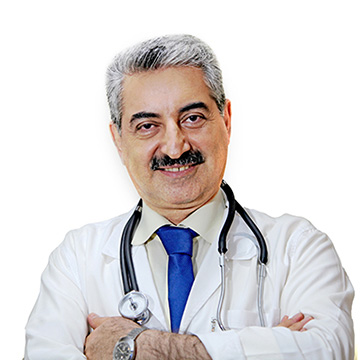Leech Therapy
What is hirudotherapy?
Hirudotherapy, also known as leech therapy, is an ancient medical practice employed to address various health conditions, including nervous system disorders, dental issues, skin diseases, and infections. This traditional form of treatment has stood the test of time and is currently utilized in conjunction with plastic and microscopic surgeries, where leeches are applied post-surgery. These remarkable creatures secrete an anti-coagulant substance in their saliva, which prevents blood clotting and improves blood circulation, leading to faster wound healing.
The therapeutic benefits of hirudotherapy extend beyond conventional treatments, and it is increasingly gaining popularity due to its simplicity and cost-effectiveness. Modern applications of hirudotherapy cover a wide range of ailments, and it has shown promising results in treating diabetes complications, heart disease, and varicose veins.
The procedure involves placing leeches on the skin, where they pierce the skin with their teeth and start the therapy process. Each leech typically extracts about 15 milliliters of blood during a session, lasting between 20 and 45 minutes. While over 600 leech species exist, only 15 are used in medicine. It is essential to engage a qualified expert for the treatment, as some leeches can be poisonous and pose risks to human health.
During hirudotherapy, leeches release three essential substances into the body: a local anesthetic to reduce pain, a vasodilator to enhance blood supply, and hirudin and choline to prevent blood clots.
Hirudotherapy has been found effective in addressing various health conditions, such as blood circulation disorders, cardiovascular diseases, high blood pressure, varicose veins, hemorrhoids, skin problems, and arthritis. Its anti-inflammatory and anesthetic properties make it particularly useful in treating joint issues like osteoarthritis, reducing joint pain and sensitivity.
However, hirudotherapy may not be suitable for individuals who are anemic or have damaged arteries. Pregnant women and those under 18 years of age are also advised to avoid this treatment. Nevertheless, hirudotherapy has been successfully applied to treat skin diseases, injuries, plastic surgery recovery, diseases of the motor system, eye diseases, ear diseases, cardiovascular diseases, blood circulation disorders, spasms, and muscle pains.
The secretions of leech saliva contain over a hundred beneficial vital substances that possess healing properties. Notably, hirudotherapy's most renowned substance is hirudin, responsible for its anticoagulant properties. Leech saliva also includes histamine, which contributes to its vasodilating effects. Additionally, leech saliva boasts antibiotic properties effective against various diseases.
In conclusion, hirudotherapy or leech therapy, with its time-tested efficacy and versatile applications, continues to be a remarkable therapeutic option in modern medical practices. This traditional treatment, rooted in history, remains an invaluable resource for addressing a multitude of health conditions.




